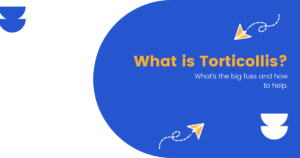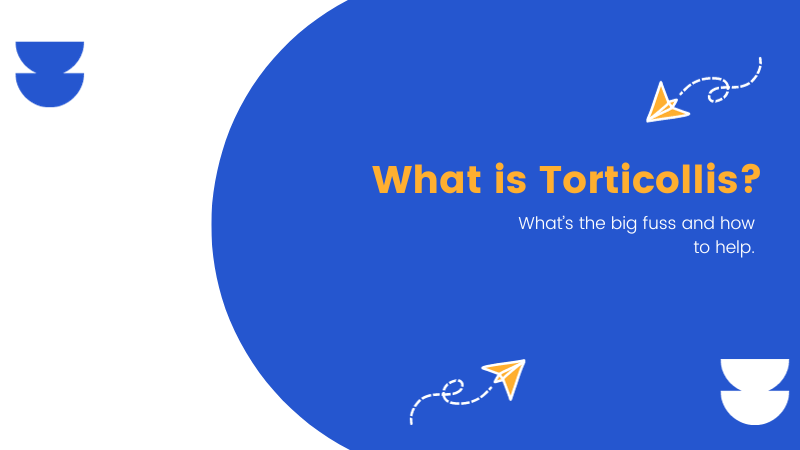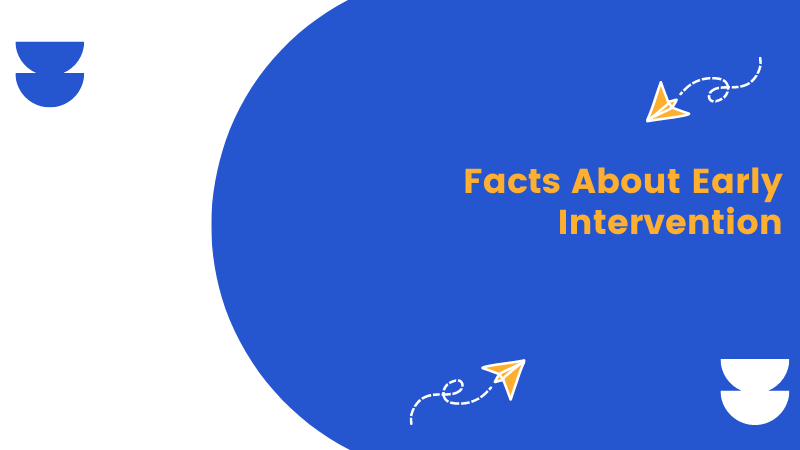What is Torticollis?

What is Benefits Counseling
October 10, 2023Torticollis is a fancy word that describes when a muscle in the neck is tight, causing the child’s head to be tilted or bent on the affected side and the child to rotate or look to the opposite side. That tight muscle is called the sternocleidomastoid. For example, left torticollis would cause the child’s left ear to be closer to their left shoulder, while they also prefer looking to their right side. Torticollis on the right side would cause the child’s right ear to be closer to their right shoulder, while they prefer to look more towards their left side.
What’s the big fuss?
If not treated appropriately, torticollis can cause many associated conditions or concerns. For example, effects of torticollis can include feeding difficulties or trouble latching on one side of nursing, vision concerns from your child always viewing their world at a tilted angle or looking to only one side, delays in meeting their motor milestones, a preference to complete motor skills one-sided, and head shape concerns.
Head Shape Concerns
Are you asking ‘Will my child’s head shape round out on its own over time?’ The truth is, not exactly.
Without the proper coaching of a physical therapist to encourage repositioning of both the child and their environment, they will always keep their head in their same preferred position, making their flat spot worse. When the flatness gets too severe, helmet therapy is recommended. While helmets are much more common among infants, our physical therapists will do their best to decrease the likelihood (with an early referral to early intervention!) that this may happen to your child. You may be thinking, “Who cares if my child has a small flat spot on their head?” Well, head shape concerns are not just cosmetic like most people think. Your child may not fit into standard glasses due to their ear positioning or bicycle/safety helmets appropriately due to the abnormal shape of their head.
How can physical therapy help?
Torticollis is typically not one of those conditions that will resolve itself over time. Physical therapy is often the best step to take for your child to help decrease the array of deficits that could occur if left untreated. An early referral (under 3-4 months of age) is ideal for helping treat this condition quickly and efficiently! Your physical therapist will first help you understand your child’s torticollis and then educate you on different positioning options (for both the child and their environment) to encourage better posture and alignment of their neck and body. The PT will coach family members and caregivers on a stretching and strengthening protocol, starting with the child’s neck, and working the whole way through their body as needed. Finally, your physical therapist will provide guidance on handling techniques to help your child meet their motor milestones, especially in a symmetrical manner.
Do you think any of the information above applies to your child? Don’t wait! Refer your child NOW to early intervention services at Community Care Connections to help them get the treatment they need as soon as possible!





